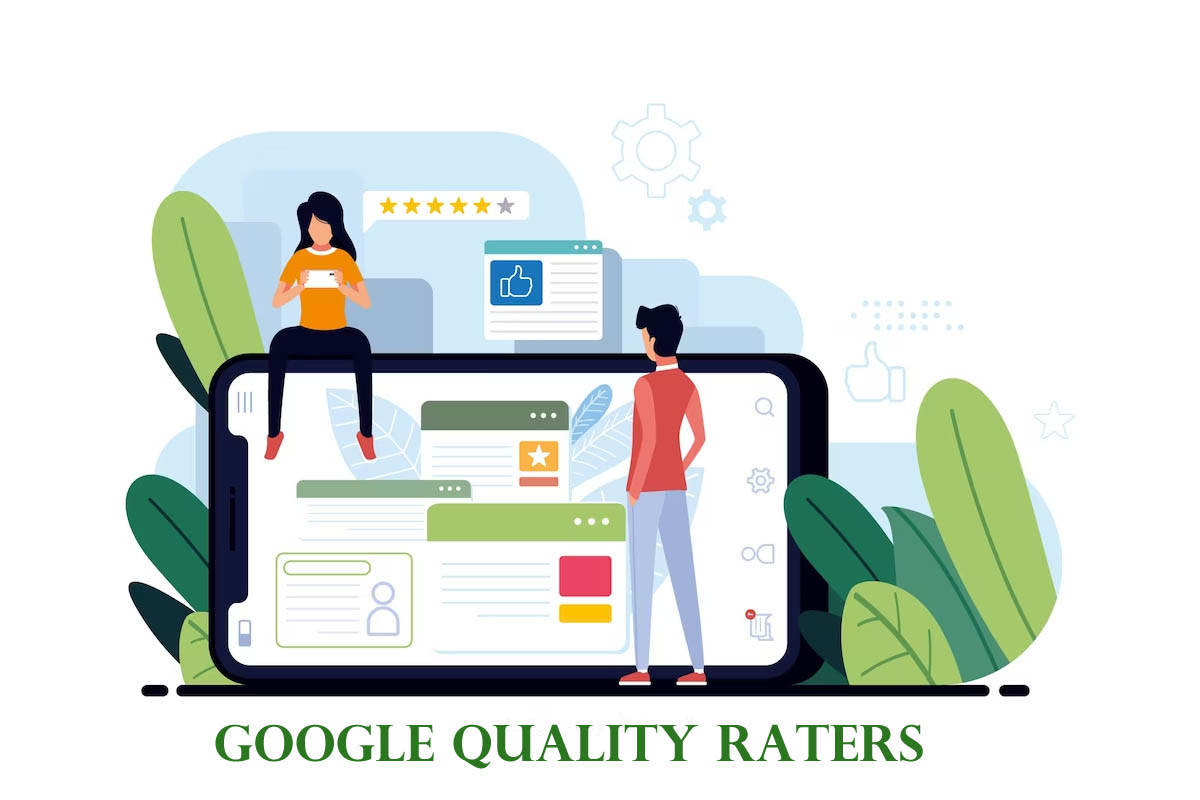Google Quality Raters
Google search quality raters guidelines, called Quality Rating Guidelines, are the constantly changing document that rates your website based on performance. These guidelines have detailed conditions that need to be considered on how the website should be rated. The main aim of Google quality raters guidelines is to improve the Google search algorithm.
This work is done manually, and Google has hired thousands of employees to check and rate websites, whether good or bad, across various areas. Well, these people do not have to do anything with the ranking of websites.
The responsibility of quality raters is to provide users with relevant and valuable search results for specific queries. So they follow the guidelines given by Google and look for relevant, trustworthy, authorized websites with user satisfaction. They provide valuable feedback on the websites to Google.
With the help of these quality raters, Google improves its algorithm, but there are more answers to individual page ratings or search ranking. They give Google primary insights about websites; later, these insights will help make the rating and algorithm decisions. Understanding that Google Raters improve Google’s search algorithms and overall search quality rather than directly influencing specific websites’ rankings is crucial.
Evaluation Criteria Stated in Google Quality Raters Guidelines?
Let us look at the evaluation criteria that Google Quality Raters have mentioned Guidelines. Now there are two types of parts:
The Quality of the Website: If you create a website, you must have a particular goal. And main goal should be to provide the best content, and you need to keep the standards high. When your website covers sensitive topics, for example, health, and because your website user can potentially harm, it will be rated as the worst website.
Content Evaluation: This is the most essential part of the website. The evaluation of the main content is critical, whether it’s text, images, or even videos. Another that needs to be mentioned is Supplementary content containing navigations, sidebars, and other elements that will help you improve user experience. Another thing is adding advertisements, and this is part of website monetization. It is not negative but can be considered harmful when it covers or interrupts the main content.
The factors that determine your content or your website is Expertise, Authoritativeness, and Trustworthiness. These factors are also called E A T in short. All these factors determine how reliable your content is and help determine your website rank.
Providing the Great User Experience: We have seen that the primary goal of Google Quality Raters Guidelines is to provide users with a great experience. So what Google did is offer the raters examples in the guidelines that will help them differentiate the types of search in the search queries and assess the quality of search results.
Another thing they did is added the flags that will help raters determine the value of the website and also help in adding the foreign languages. With this, we are done with the evaluation criteria.
Qualities of High-Quality Website
Google raters can rate your website as high quality if it fulfills these qualities:
- Friendly user experience.
- Good levels in E A T.
- The excellent reputation of the website.
- High-quality main content.
- Could you provide complete transparency with the person or source of the website?
Conclusion
The Google Quality Raters Guidelines are changed constantly. Every SEO expert or web admin needs to monitor these guidelines because you want to optimize your website to get a higher ranking and ensure you are up to date on search engine algorithms. By examining the search queries and search results, raters evaluate the relevance, helpfulness, and quality of the displayed web pages. The guidelines of the pdf are easily accessible online.

